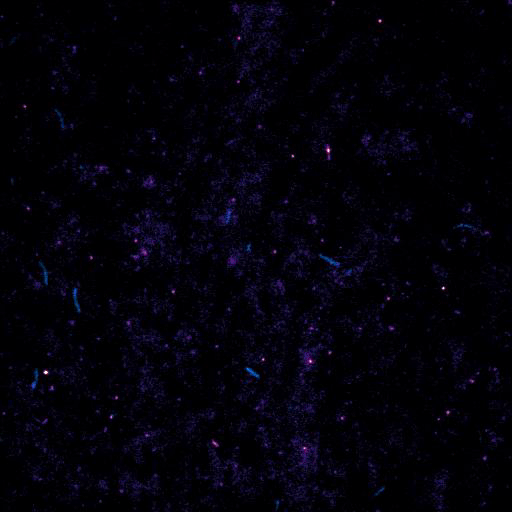multi-wavelenth TIRF microscopy & advanced imaging tools
4-color
TIRF microscopy
Simultaneous imaging of actin & microtubules
Functional fluorescently labeled profilin
Production of non-muscle actin isoforms from yeast

actin, formin, capping protein, & IQGAP1

actin & microtubules (in vitro)

Profilin (WT)
Profilin (R88E)
Profilin (G118V)
actin &
microtubules
profilin

actin filaments
The dynamics of many intracellular molecular events occur at resolutions below the diffraction limit of conventional light microscopy. We use total internal fluorescence (TIRF) microscopy to perform biochemical reaction on a coverslip. We have developed a unique four-wavelength system for detecting individual actin filaments, microtubules and single-molecules of related regulation proteins. This allows us to visualize important biological events and the effects of pure regulating protein on either cytoskeleton alone or both simultaneously. While, in vitro reconstitution systems do not contain the hundreds of factors that regulate actin and microtubules in cells, such systems can reveal the dynamic interactions between cytoskeletal binding proteins at high spatial resolution and at very rapid temporal scales using very small amounts of protein (reaction volumes range from 30-100 µL). We have used this approach to visualize the higher-order formation of complexes and their activities with actin or microtubules, including emergent mechanisms that could only be understood by studying both polymers at the same time. Recently we used the system to discover IQGAP1, mDia1, and capping protein collaborate to regulate the duration of actin filament elongation by two cysteine residues in IQGAP1 and that molecules of fluorescent profilin and the effect of different ALS-related profilin variants on actin and microtubules. To promote open science and further propel additional actin-microtubule crosstalk studies we have published our detailed video protocol (see, Publications).
We have also developed two important and valuable tools for the cell biology community, including:
1) A cost-effective and straightforward way to produce untagged and non-muscle isoforms of human actin from budding yeast
2) The first fully functional fluorescent profilin probe that can be used in biochemical experiments or titrated to resolve single molecules of profilin in cells.
By combining these tools with additional molecular biology techniques, reverse genetics, and quantitative cellular approaches (e.g., CRISPR, single-particle tracking, plating cells on micropatterns) we can potently dissect complex biological systems at high resolution (low nm). This broadly applicable approch allows us to define important molecular mechanisms in vitro and then assess their biological importance in living cells.
Research Goal
Explore actin and microtubule dynamics (and their regulators) at unprecedented resolution using biomimetic assays and in cells with pathogenically relevant readouts